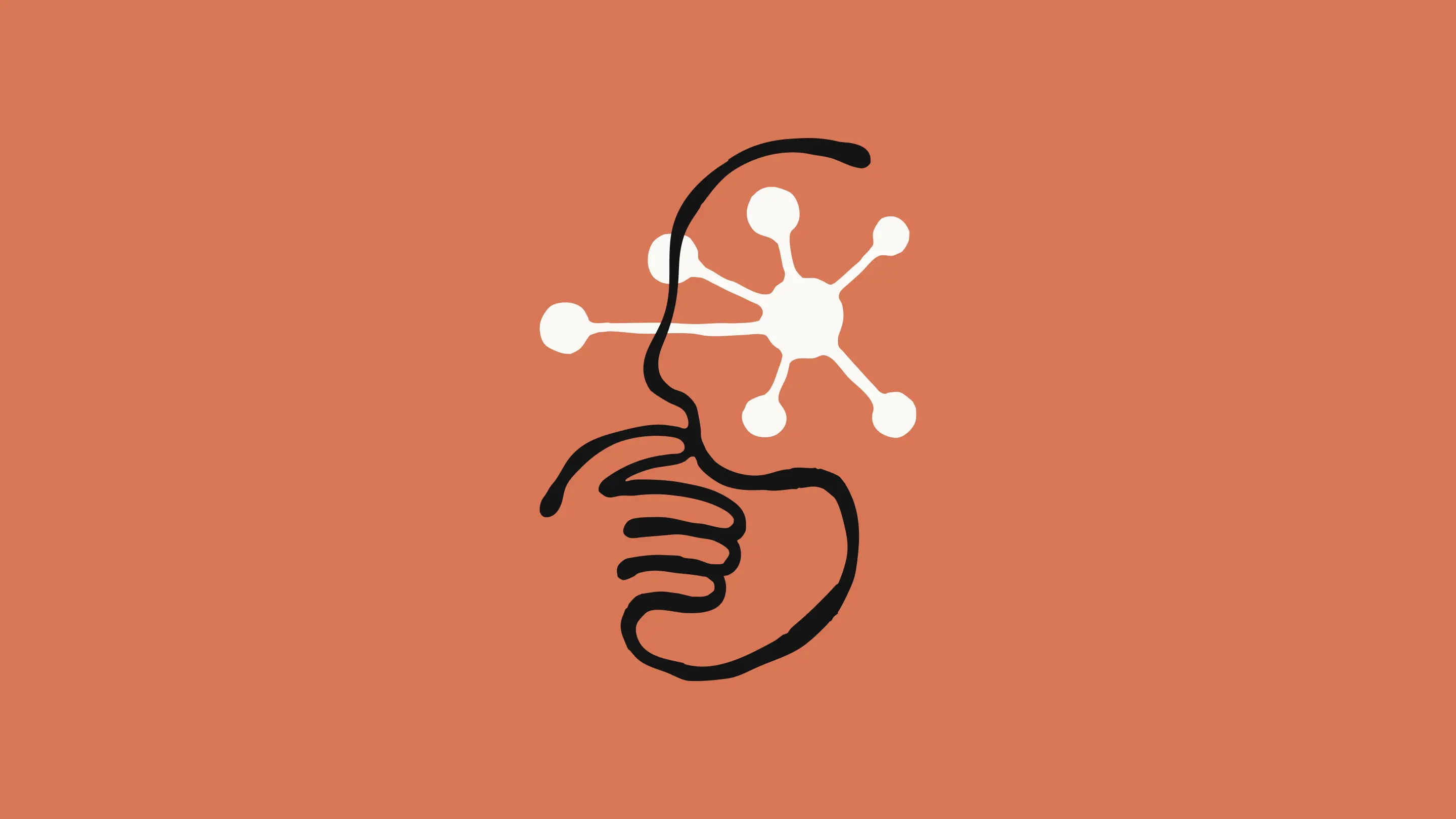Write Less Code, Co-Create More: The AI Evolution of a Timeless Tip
Six years ago, I wrote about the importance of reading more and writing less code as a path to becoming a better developer. That advice remains relevant today—perhaps even more so—but with an important evolution: the research phase now includes co-creating with AI tools.
The Original Advice Still Stands
In 2019, I advocated for taking a breath before diving into code:
“I decided to write less code in 2012 and have accumulated more knowledge in a shorter time than most developers do.”
My core argument was that the web constantly changes, and keeping up with every development is impossible. Instead of immediately writing code for a new task, I suggested spending time researching best practices and current methodologies first.
This approach still yields tremendous benefits: better architecture decisions, cleaner code, and a broader understanding of the ecosystem. The core principle remains sound—don’t jump straight into coding without first exploring what others have done.
Enter AI: The New Research Partner
Fast forward to 2025, and we have powerful AI companions that have transformed this research step. Before writing a single line of code, we now have an intermediate step: co-creating with AI coding assistants.

Tools like Claude Code (which helped revive this blog and draft this very post) serve as intelligent collaborators that can:
- Search documentation and best practices for you
- Suggest implementation approaches before you commit to one
- Help reason through architectural decisions
- Draft initial solutions you can refine
The development workflow has evolved from:
Research → Code → Test → RefineTo:
Research → Co-create with AI → Code → Test → RefineAnd often the “Code” step becomes more about reviewing, editing, and enhancing AI-suggested implementations rather than writing everything from scratch.
More Thinking, Less Typing
The Dunning-Kruger effect I discussed in my original post hasn’t disappeared. If anything, AI tools can help us navigate that “knowledge abyss” more confidently. When faced with unfamiliar territory, we can now ask an AI assistant to explain concepts, compare approaches, and outline implementation strategies.
This doesn’t replace our responsibility to understand what we’re building—quite the opposite. It frees us to think more deeply about architecture and design, spending less time on boilerplate and repetitive coding patterns.
A Real Example: Reviving This Blog
This blog itself exemplifies the power of this approach. After sitting dormant for years, I recently decided to revive it. The Gatsby-based site had broken over time, with outdated dependencies and CSS module issues.
Instead of diving straight into fixing each issue manually, I:
- Researched the current state of Gatsby and its ecosystem
- Co-created with Claude Code to analyze the codebase issues
- Collaborated on fixes for CSS modules, type system updates, and CMS integration
The result was a functioning site restored in hours rather than days, with cleaner code and proper documentation of the process.
Note: You’ll need to download the Claude Code CLI image from Anthropic’s announcement page and save it to your media folder as “claude-code-cli.png” for the image to display correctly in this post.
The Balanced Approach
Using AI tools doesn’t mean abdicating our role as engineers. Instead, it means embracing a new collaborative model where we:
- Set the direction (you still need to know what you’re building)
- Ask thoughtful questions (the quality of AI assistance depends heavily on how you frame your queries)
- Critically evaluate suggestions (not every AI recommendation will be optimal)
- Understand the implementation (never deploy code you don’t comprehend)
Getting Started with AI Collaboration
If you’re looking to integrate AI into your development workflow, here are some starting points:
- Begin with exploration: Ask your AI assistant to explain unfamiliar concepts before diving into implementation
- Request alternatives: When presented with a solution, ask for different approaches to understand tradeoffs
- Use it for learning: Have the AI explain why certain patterns are used in its suggestions
- Document collaboratively: Use AI to help document your code and architectural decisions
The Future is Collaborative
The fundamental advice to “pause, research, then code” remains as valuable as ever. The difference is that we now have intelligent systems to make that research phase more interactive and productive.
As developers, our value increasingly comes from our ability to:
- Ask the right questions
- Make thoughtful architectural decisions
- Understand business requirements
- Critically evaluate solutions
- Integrate different approaches
By embracing AI as a research and coding partner—not a replacement—we can write less code while building better systems.
This post was drafted with assistance from Claude Code, exemplifying the collaborative approach it describes.